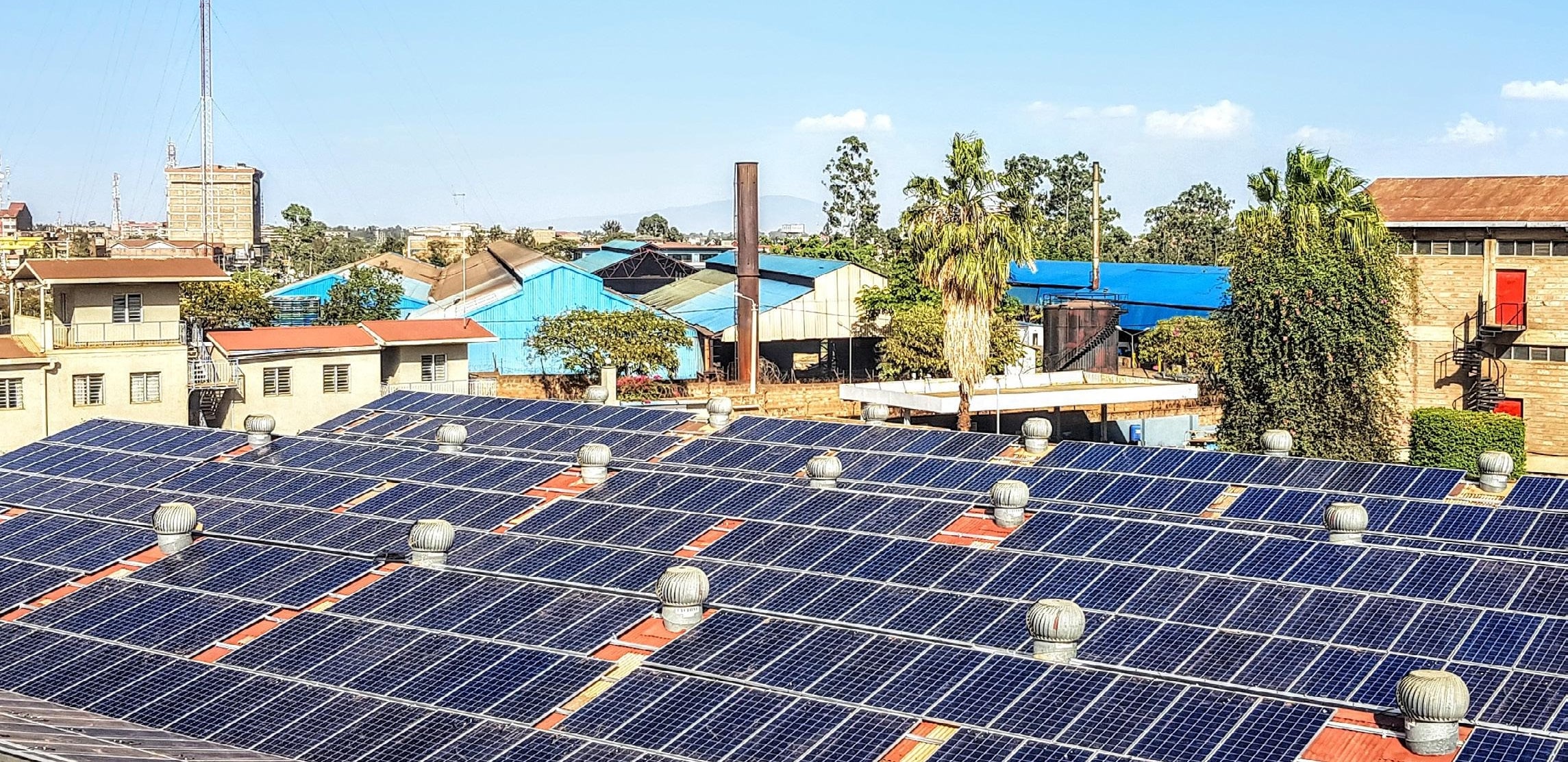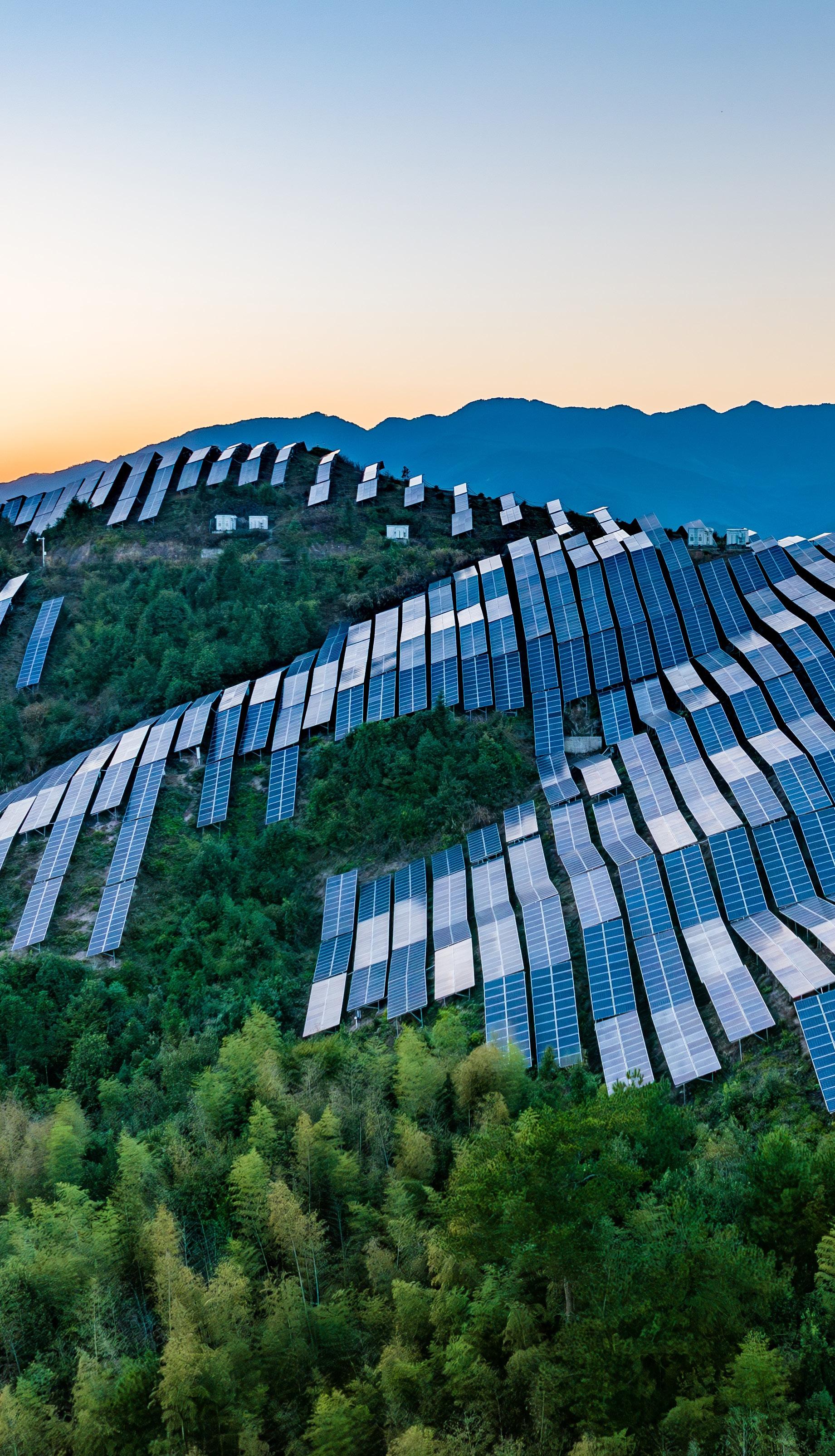From Vision to Reality: Tripling Renewable Energy Capacity in the Age of Transformation
From Vision to Reality: Tripling Renewable Energy Capacity in the Age of Transformation
Written by Steve Howard, Vice Chairman, Sustainability, Temasek.

20 years ago, the world had less than 5 gigawatts (GW) of solar energy installed. Today, we install that much every four days. Solar, which was once expensive technology with a hefty green premium, has now become the cheapest form of electricity generation in many countries. When RE100 was first launched in 2014, installed solar capacity had already grown impressively to 177GW, and over the 10 years since, we have seen it reach more than 1.6TW (terawatts) in 2023, and we are expecting this to expand to over 2TW in 2024. The growth in its adoption is breathtaking and with the right government policies and business investment, it’s possible to triple global renewable energy capacity by 2030. This will provide huge benefits with affordable clean energy and mobility and is mission critical for us to hit the Paris Climate Goals. Alongside solar, other renewable technologies including wind and battery storage have undergone similar dramatic scaling.
The shift from “Green Premium” to “Green Discount”
One of the main drivers for renewable energy growth is the transformative shift from a “green premium” to the “green discount.” Prices of green goods and services are out-competing incumbent, fossil fuel-based technologies by up to 75% across the mobility, energy, agriculture, and built environment sectors. A recent report by LeapFrog Investments, CGAP and Temasek illustrates this vividly: from electric scooters in India to solar rooftops in Kenya and smart farming in Vietnam, these technologies are already between 14% and 75% cheaper than incumbent products.
Improved manufacturing processes, enhanced energy production efficiency, and economies of scale have collectively narrowed and subsequently reversed the financial gap between renewable and fossil-based energy sources. The “green discount” is game-changing and will trigger a wave of sustainable investments that could potentially reach $330 billion per year over the next decade – accelerating the global adoption of renewable energy solutions.

Opportunity for industrial transformation and greater energy access
Clean energy technologies have not only become more economically viable, but have also catalysed a wave of innovation, akin to the transformative impact of the internet on commerce and communication. We’re seeing a fundamental transformation of the industrial sector – from changing the way we produce industrial materials, to the type of fuel we use for shipping and aviation. An example is Swedish start-up H2 Green Steel. By replacing coal with green hydrogen as its primary source of power, H2 Green Steel can reduce carbon emissions by up to 95% compared to traditional steelmaking.
The growing maturity of clean technologies is also fostering a surge in new business ventures and innovative models that are expanding energy access, particularly in less developed areas and underserved communities globally. We are already seeing some countries leapfrogging to using electric vehicles (EVs) with batteryswapping as well as leveraging mini-grids for electricity. Take India for example, where EVs are expected to account for more than 40% of total vehicle sales by 2030 and new companies such as Smart Battery are facilitating affordable roadside battery swapping for the rapidly expanding two and three-wheeler EV fleet.
Systems-level change is key for accelerating the transition
However, growing our green footprint is not something we can do in silos. Accelerating progress to net zero will require a systemsbased, all-hands-on-deck approach. Stakeholders across the value chain and across sectors must lean in to collectively address and co-create solutions. This includes the need for enabling strategies and policies accompanied by improved access to finance, including tapping into innovative financing solutions such as blended finance, to mobilise capital at scale for the energy transition. We need a harmonious blend of public policy, business innovation, and substantial investment for transformative impact at pace and scale. Fortunately, alongside the dramatic improvements in technology, our human capabilities have expanded to match with more and more expertise in clean energy deployment, finance and policymaking. Climate change is the challenge of our generation; but our clean energy solutions are exciting, rapidly scalable, with increasingly winning economics. We’re reaching a time where everyone can have access to not just energy, but clean affordable energy. With the cost of green technologies being cheaper than ever before, alongside promising developments in innovative solutions and enhanced adoption of renewable energy, the goal of tripling renewable energy capacity by 2030 may not be so daunting after all.
Conclusion
This report explores a diverse range of perspectives on the benefits and obstacles facing the global goal of tripling renewable electricity. The authors provide their valuable insights into the interrelated areas that must be addressed to meet the goal. Their articles and interviews shed light on the interplay between business ambition, government goal setting and a transition that is just, the essential need for finance – especially across Africa and much of Asia – and the role of international forums and organisations in helping to drive action forward.
The central theme running through each of these contributions is the need for much higher levels of ambition than we’re currently seeing.
- Businesses need to be more ambitious with their plans to decarbonise their supply chains and energy use.
- Governments need to display much more ambition in their Nationally Determined Contributions that are due to be updated by February 2025, facilitated by a system of regulations that encourage, not hamper, the roll-out of renewable energy at scale and speed.
- Alongside these there’s a demand for more detailed roadmaps on how they plan to achieve these and power their economies with renewables instead of fossil fuels.
Without this, the goal of tripling renewables by 2030 will continue to remain out of reach.
Ambitious renewable electricity targets can unlock significant economic and social benefits. Not establishing such targets and supportive policies will result in missed opportunities. As businesses and governments look to one another to signal action and intent, it’s time to embrace the opportunities in renewable energy. It’s time to leave our fossil fuel addiction in the 20th century where it belongs. It’s time to deliver ambitious and detailed plans of action.
It’s TimeToTriple.
With the right government policies and business investment, it’s possible to triple global renewable energy capacity by 2030.

This article was first published in the TimeToTriple: Expert Perspectives on Growing Renewable Electricity Report by Climate Group RE100.


